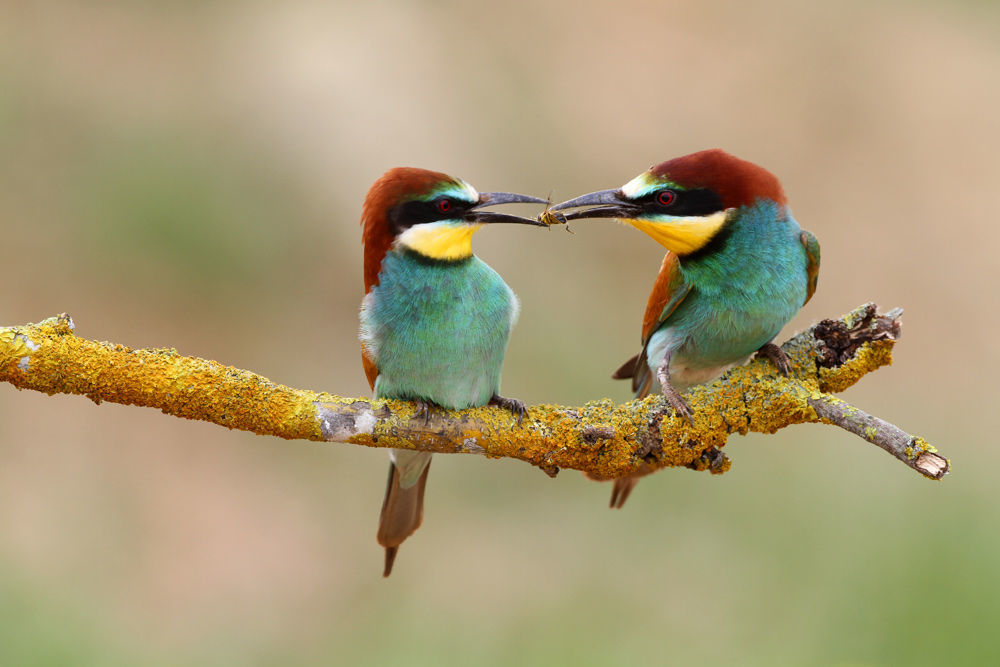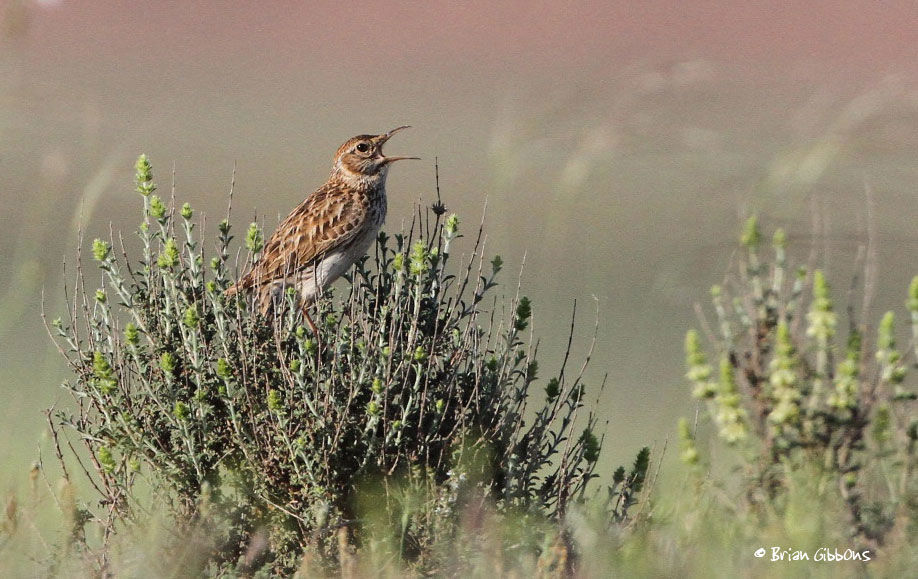Toll Free: 800.328.8368
Phone: 512.328.5221
Spring Birding in Spain
Upcoming Dates
April 22 - May 9, 2025
Departs
Sevilla
Returns
Madrid
Tour Limit
10 (4 available)
Itinerary
Read More
European Bee-eater © Javier E. Pozo
A comprehensive tour of much of the best birding on the Iberian Peninsula, from the wetlands on the Atlantic coast to the high mountains of Picos de Europa and Pyrenees, exploring the savanna-like habitats of Extremadura, the dramatic Sierra de Gredos, and the dry grounds of the Ebro Valley steppes, searching for some of the scarcest birds of Europe.
The Iberian Peninsula, positioned between two continents and influenced by the African climate, provides Spain with one of the largest biodiversities in Europe. Coto de Doñana National Park, in the southwest corner of the country, is one of the best birding spots amongst all the European wetlands. Some of the rarest European species still breed in good numbers in or around this park. Marbled Teal, Red-knobbed Coot, Little Bittern, Squacco Heron, Purple Heron, Western Swamphen, Greater Flamingo, Eurasian Spoonbill, and Black-crowned Night-Heron are some of the most representative species. Around the nearby open fields and strawberry and olive tree plantations we should find interesting summer visitors such as European Bee-eater, Collared Pratincole, Montagu’s Harrier, and the rare Rufous-tailed Scrub-Robin.
In the Monfragüe region we will seek species unlikely farther north, such as Black Stork, Cinereous Vulture, Red-necked Nightjar, Iberian Magpie, Spanish Sparrow, Bonelli’s Eagle and, most important, the endemic Spanish Eagle. The steppe habitats, stony plains, mesas, and maquis vegetation of Extremadura hold Great and Little bustards, Pin-tailed and Black-bellied sandgrouse, Great Spotted Cuckoo, Red-legged Partridge, Little Owl, Lesser Kestrel, Eurasian Thick-knee, Spectacled Warbler, and White Storks—commonly nesting on village rooftops. In the mountains of Gredos, one of the last refuges of the Spanish ibex, we will enjoy unique landscapes with excellent chances to see Bluethroat, Ortolan Bunting, and Citril Finch.
The Picos de Europa and the high Pyrenees and foothills are simply spectacular! European Serin; Cirl and Rock buntings; and many warblers including Sardinian, Western Orphean, Subalpine, Dartford, and Western Bonelli’s are all present. We will travel to alpine habitats, at 5,000 to 7,000 feet, of coniferous forests, mountain streams, flower meadows, and craggy snow-covered peaks. Our targets here include the superb Wallcreeper, Black Woodpecker, Middle Spotted Woodpecker, Eurasian Wryneck, Common Redstart, Yellow-billed and Red-billed choughs, White-winged Snowfinch, Alpine Accentor, Ring Ouzel, and Bearded Vulture (Lammergeier).
We will also explore the desert-like nature reserve of El Planerón. Under the administration of SEO/BirdLife (Spain’s equivalent of the ABA), this spot is one of the top sites for the elusive Dupont’s Lark. There is no other country in Europe where this rare species still survives. Western Black-eared Wheatears, Eurasian Hoopoe, Eurasian Marsh-Harrier, Tawny Pipit, and another seven species of larks (Greater Short-toed, Mediterranean Short-toed, Wood, Eurasian Sky, Calandra, Crested, and Thekla) are also possible.
Great accommodations including picturesque guesthouses; good food with free wine; easy birding on moderately-paced days over easy terrain with much walking; climate warm and dry to snowy.

DuPont's Lark © Brian Gibbons
Departure Dates
Route Map

Tour Leaders

Santiago
Villa

David
Ascanio
Field Reports
No Field Reports
Connecting Tours
No Connecting Tours
Operations Manager

Penny
Saydah
Questions? Contact the Operations Manager or call 800.328.8368 or 512.328.5221


